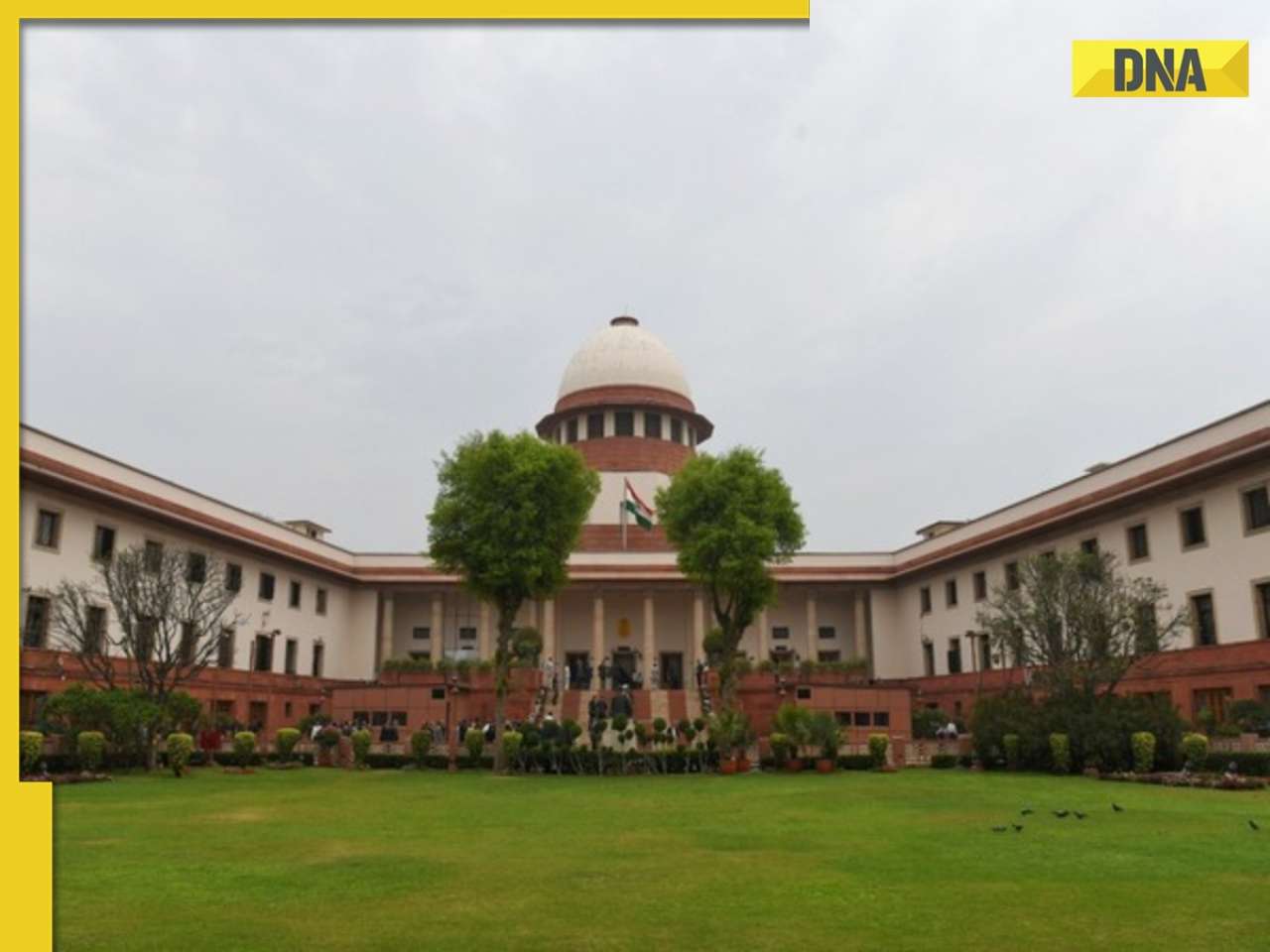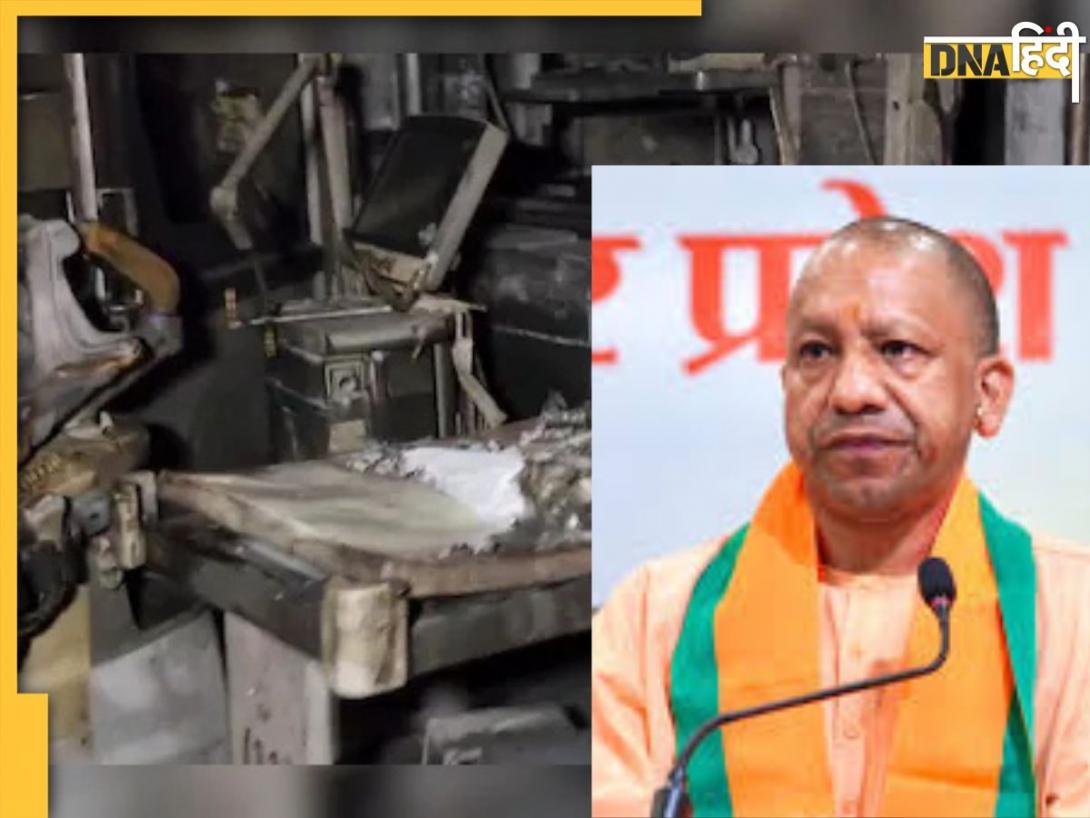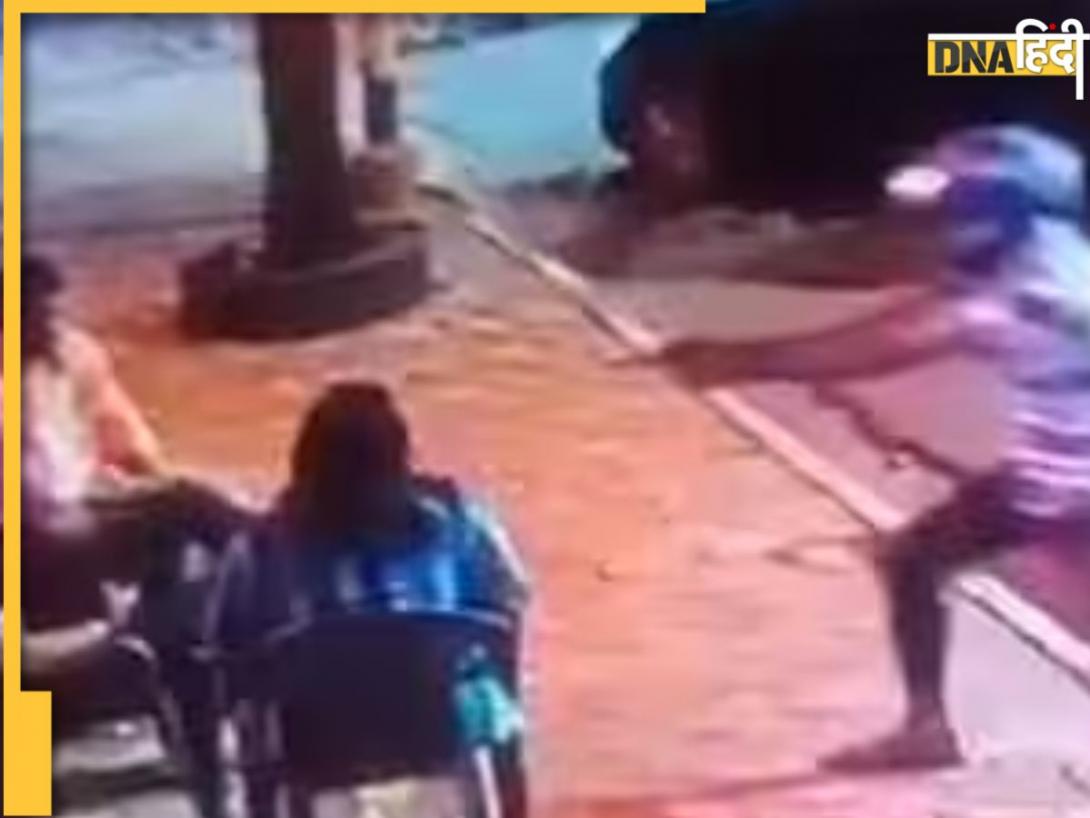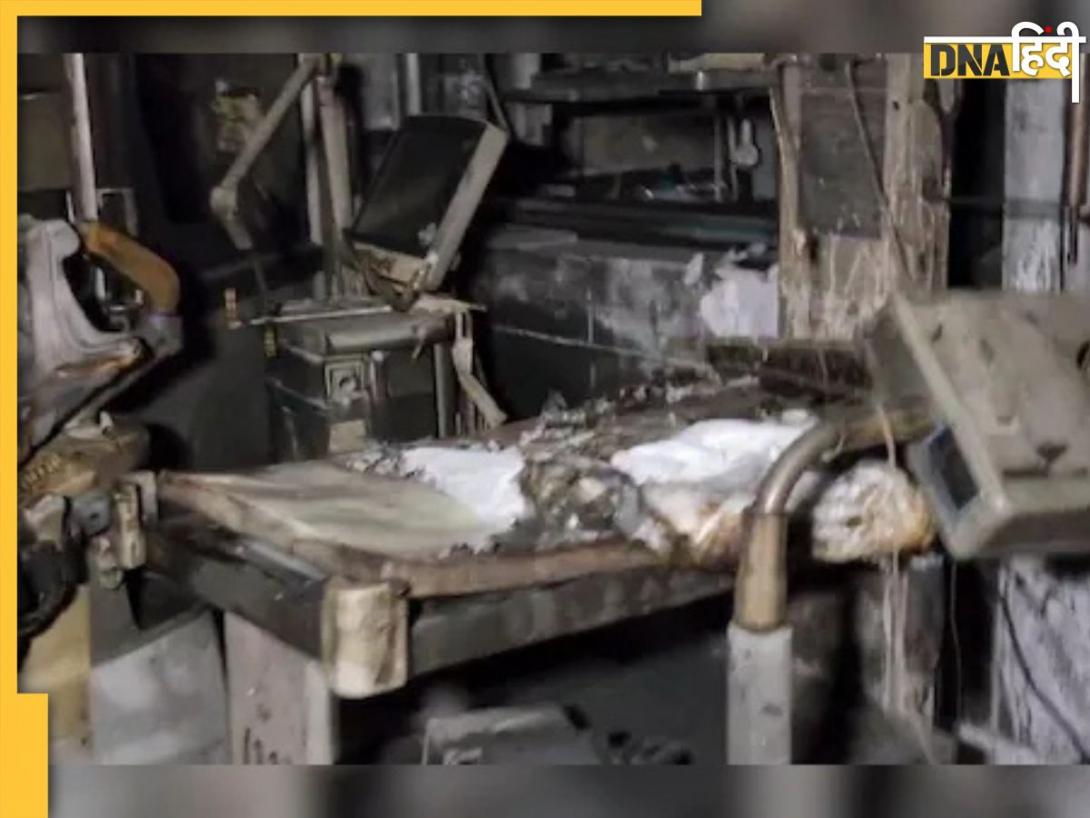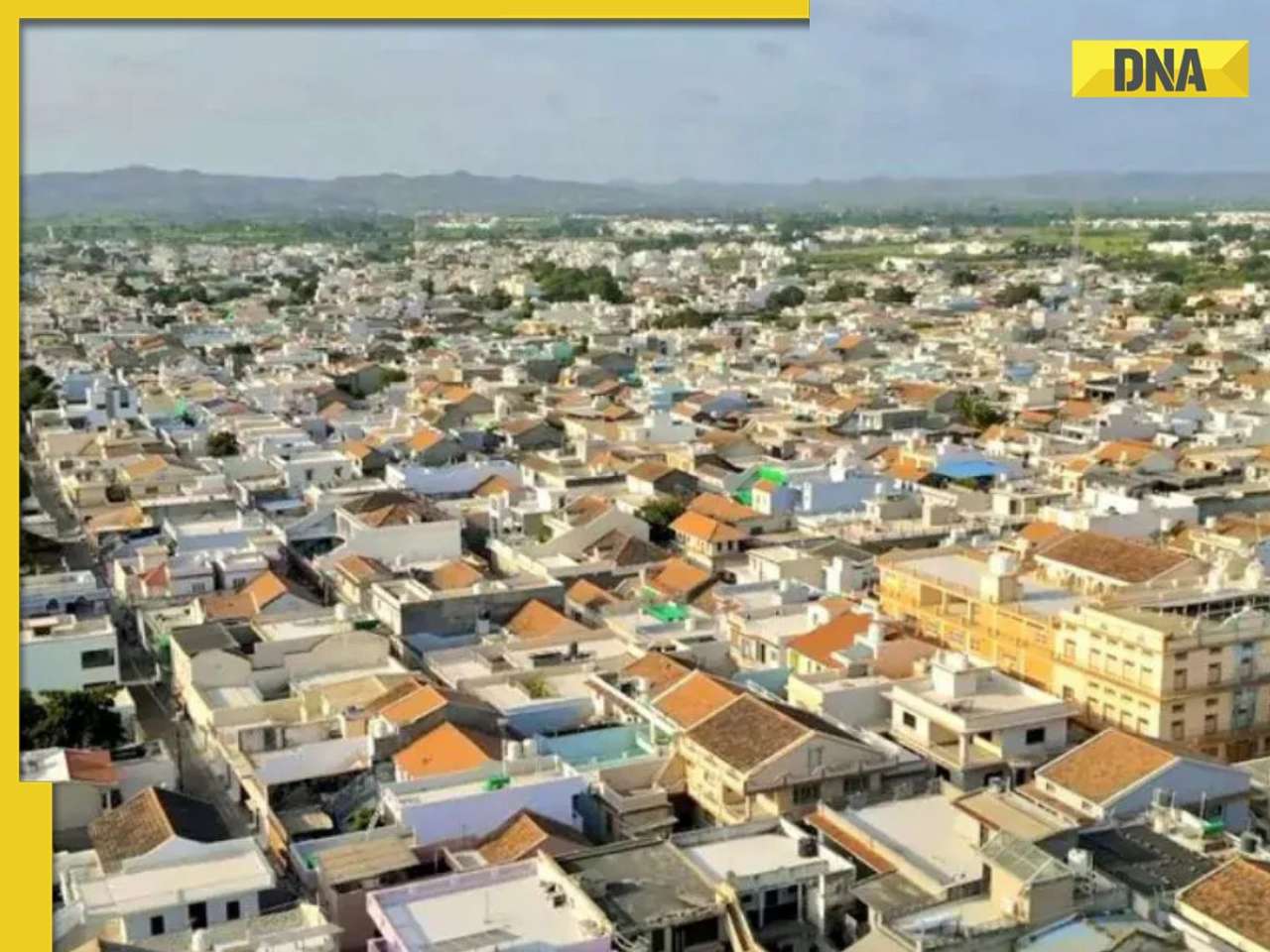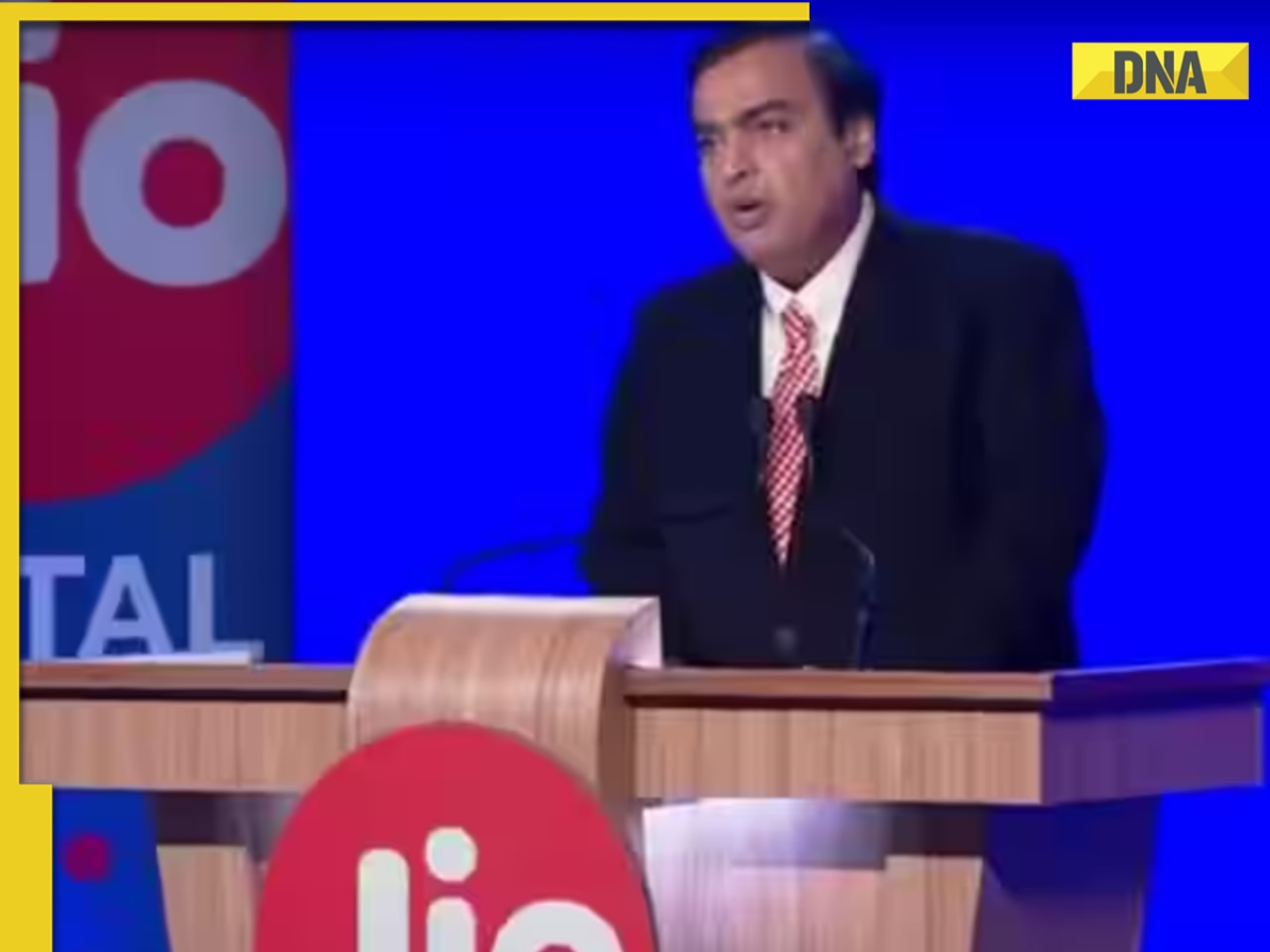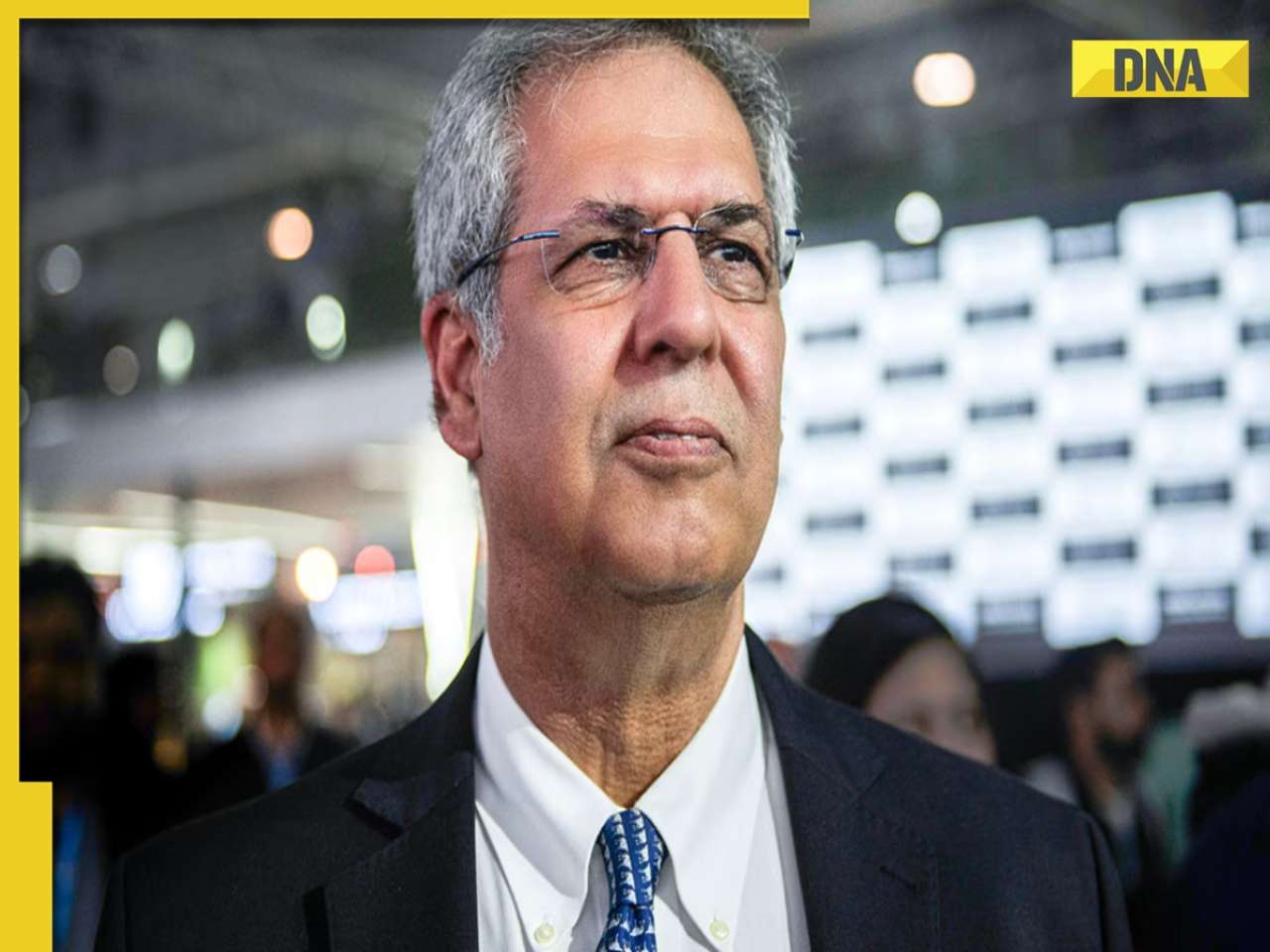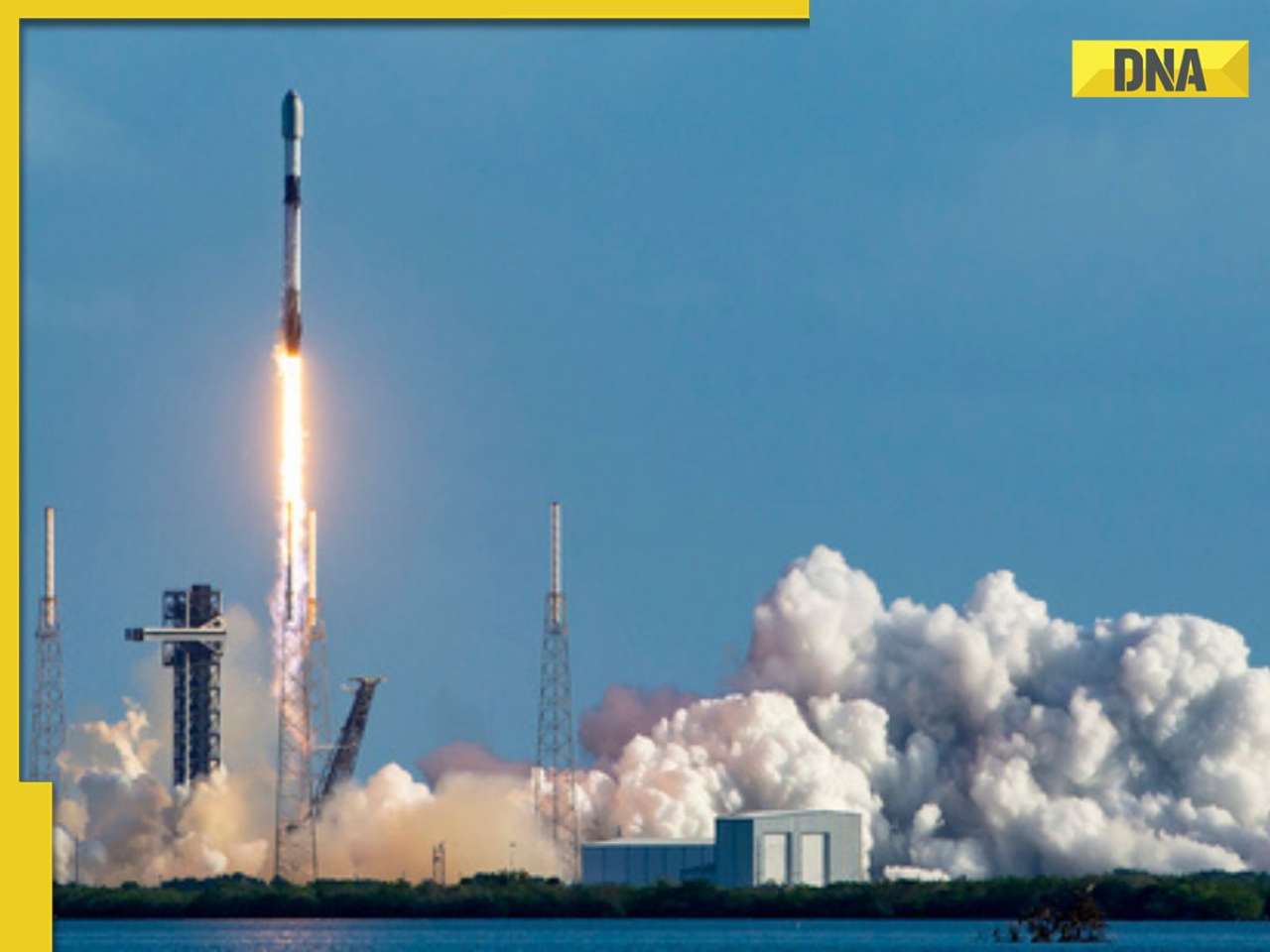- LATEST
- WEBSTORY
- TRENDING
VIRAL
European Space Agency's old satellite Salsa is coming down from space, it will re-enter in…
Last year, ESA successfully executed a similar operation with the Aeolus weather satellite. Now, it's Salsa's turn. Despite its initial two-year mission, Salsa has continued to operate for nearly 24 years
TRENDING NOW
The countdown begins as a once-forgotten satellite silently hurtles toward Earth. But where will it land, and should we be concerned?
The European Space Agency’s (ESA) Salsa satellite, part of a quartet of identical satellites launched over two decades ago, is set to re-enter Earth's atmosphere on September 8, 2024. This satellite, which has been drifting 130,000 kilometres from Earth, will undergo a controlled re-entry—a calculated descent designed to ensure it disintegrates upon contact with the atmosphere. The remaining fragments are expected to splash down harmlessly in the remote waters of the South Pacific Ocean.
The guided re-entry, a process aimed at minimising space debris, will prevent the satellite from potentially falling in populated areas. Last year, ESA successfully executed a similar operation with the Aeolus weather satellite. Now, it's Salsa's turn. Despite its initial two-year mission, Salsa has continued to operate for nearly 24 years, monitoring Earth’s magnetic field alongside its companions—Rhumba, Tango, and Samba.
Although the satellite has been officially retired since 2002, its continued presence in space has prompted ESA to initiate this re-entry. As the agency carefully manoeuvres the satellite’s descent, the world watches, curious and cautious. While the chance of debris causing harm is minimal, this operation underscores the importance of responsibly managing space junk to avoid future hazards.
ESA's strategic handling of Salsa's re-entry not only ensures a safe conclusion to the satellite’s mission but also highlights the growing concerns around space debris—a silent, yet significant, threat orbiting our planet.







)
)
)
)
)
)
)
)
)
)
)
)
)
)
)
)



























